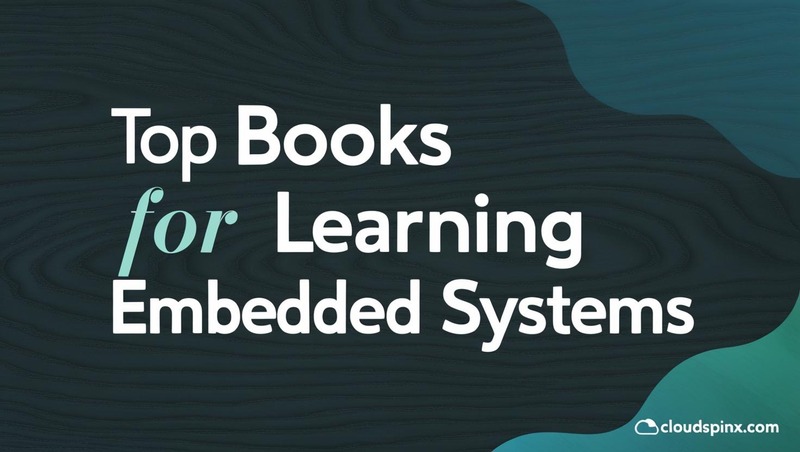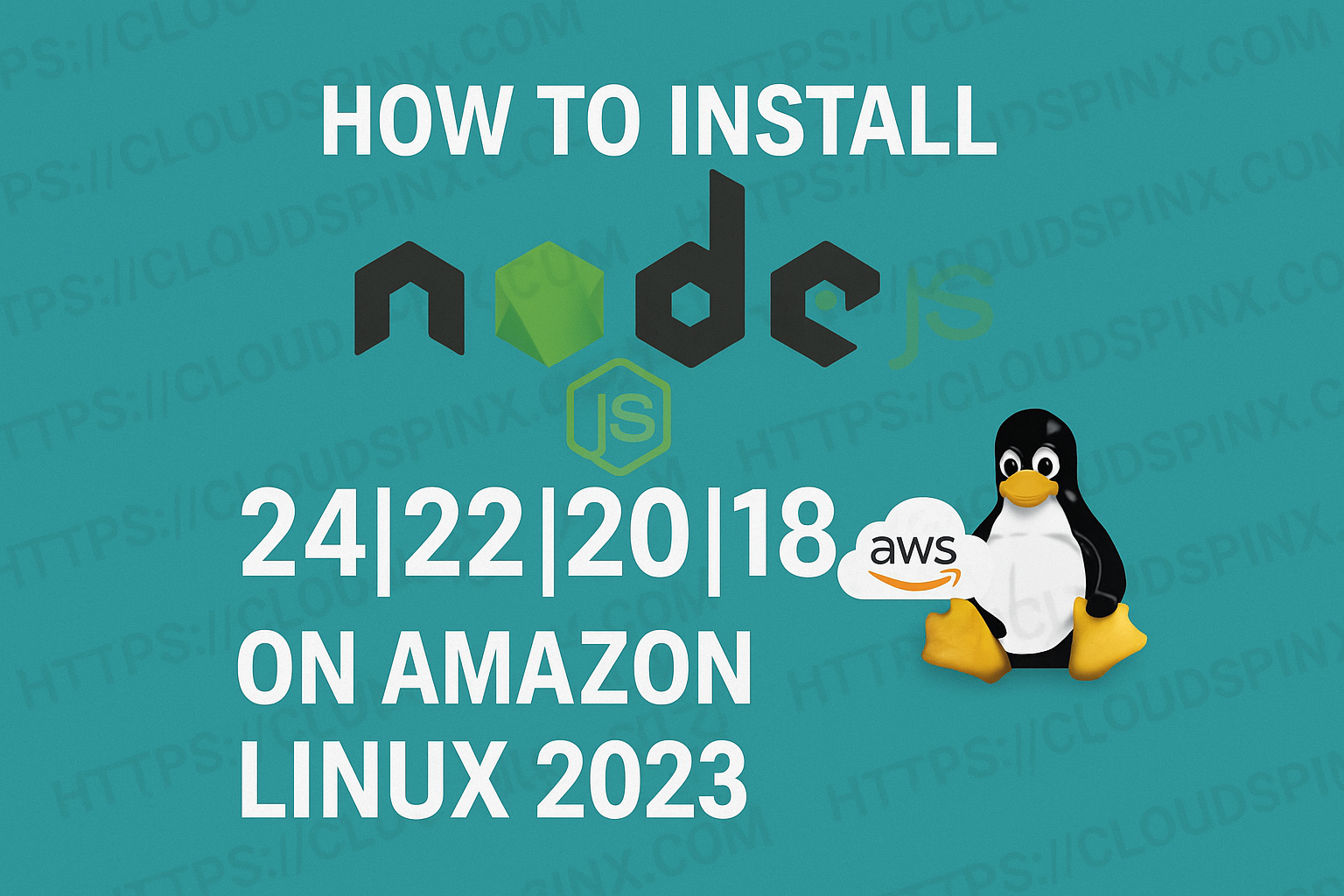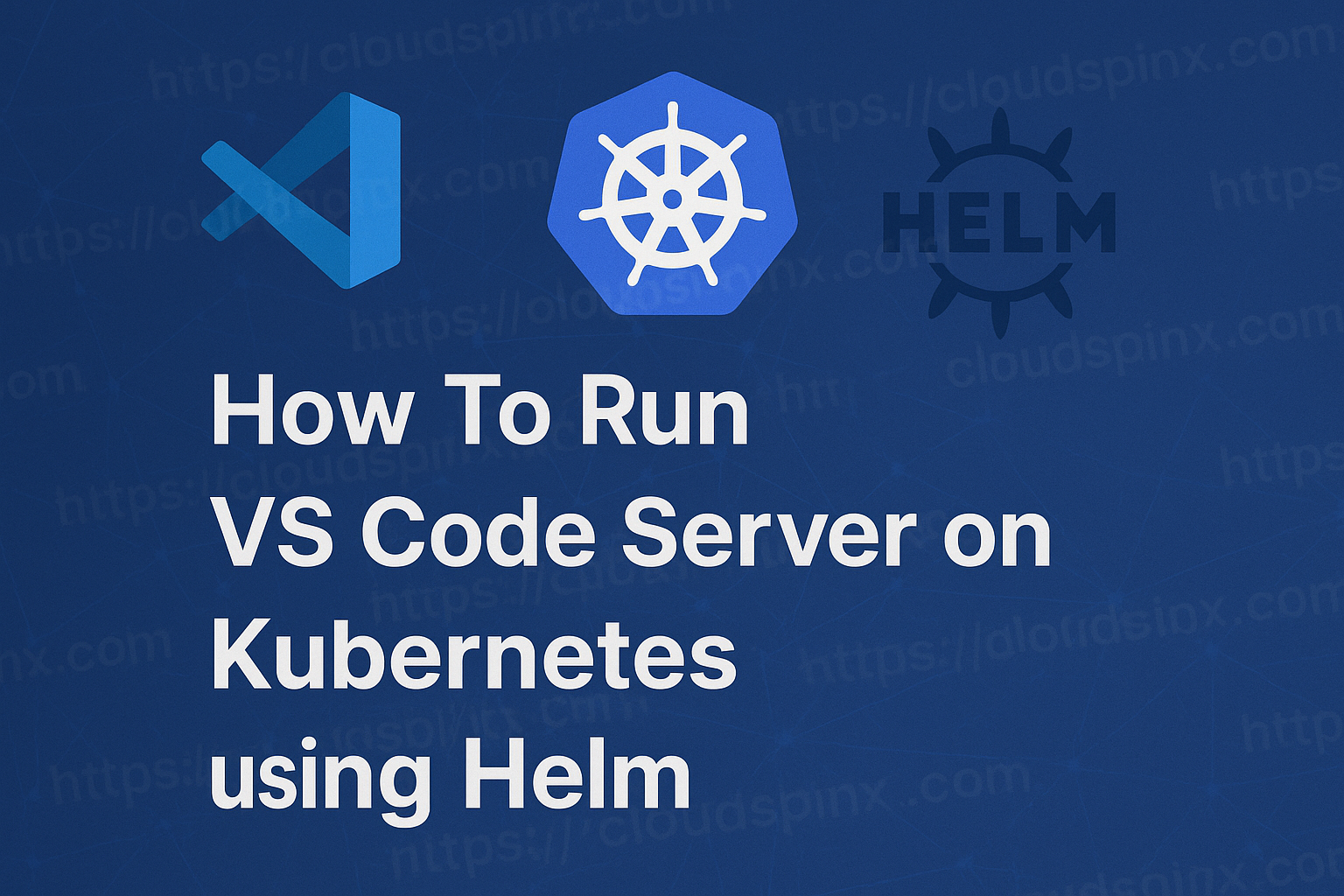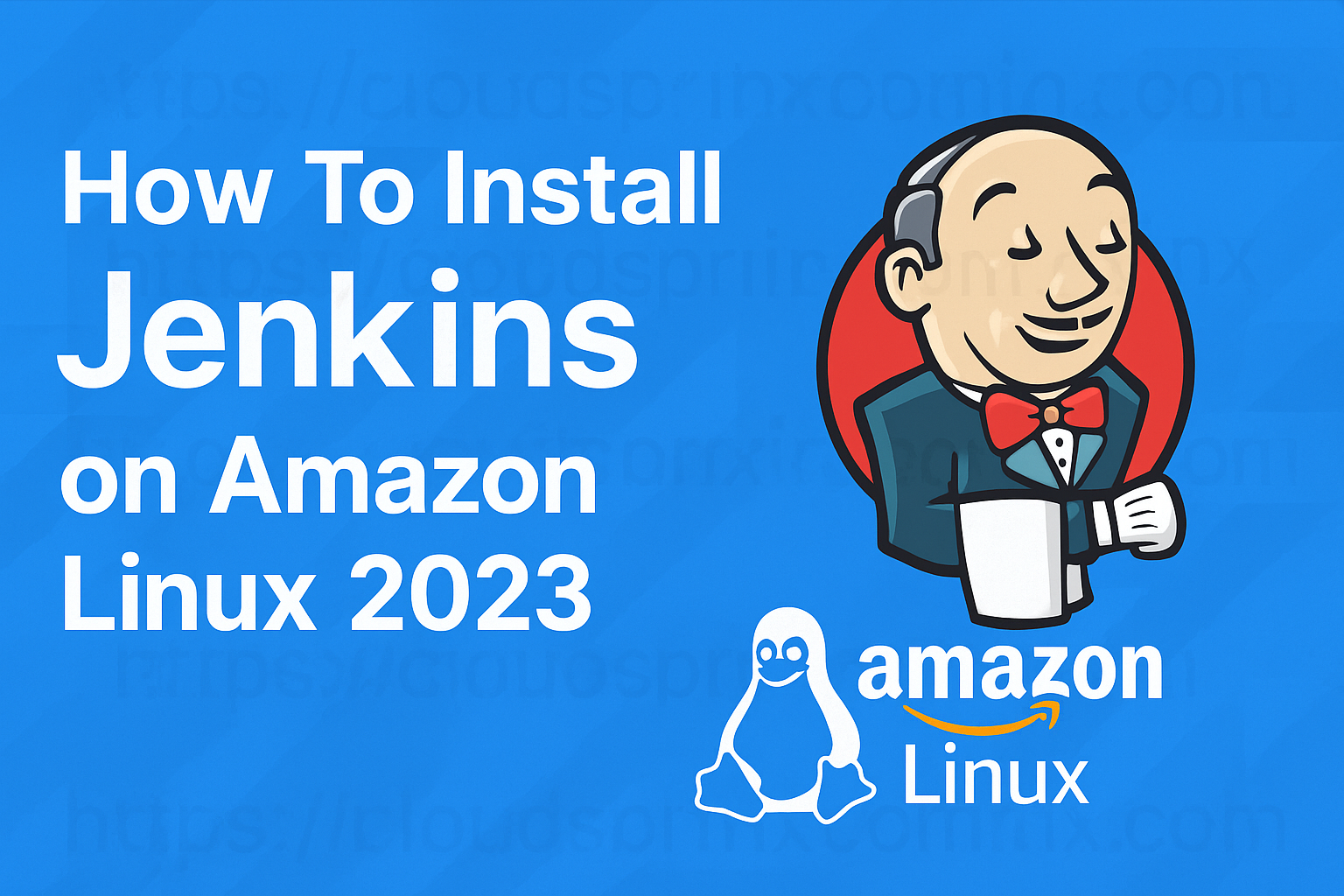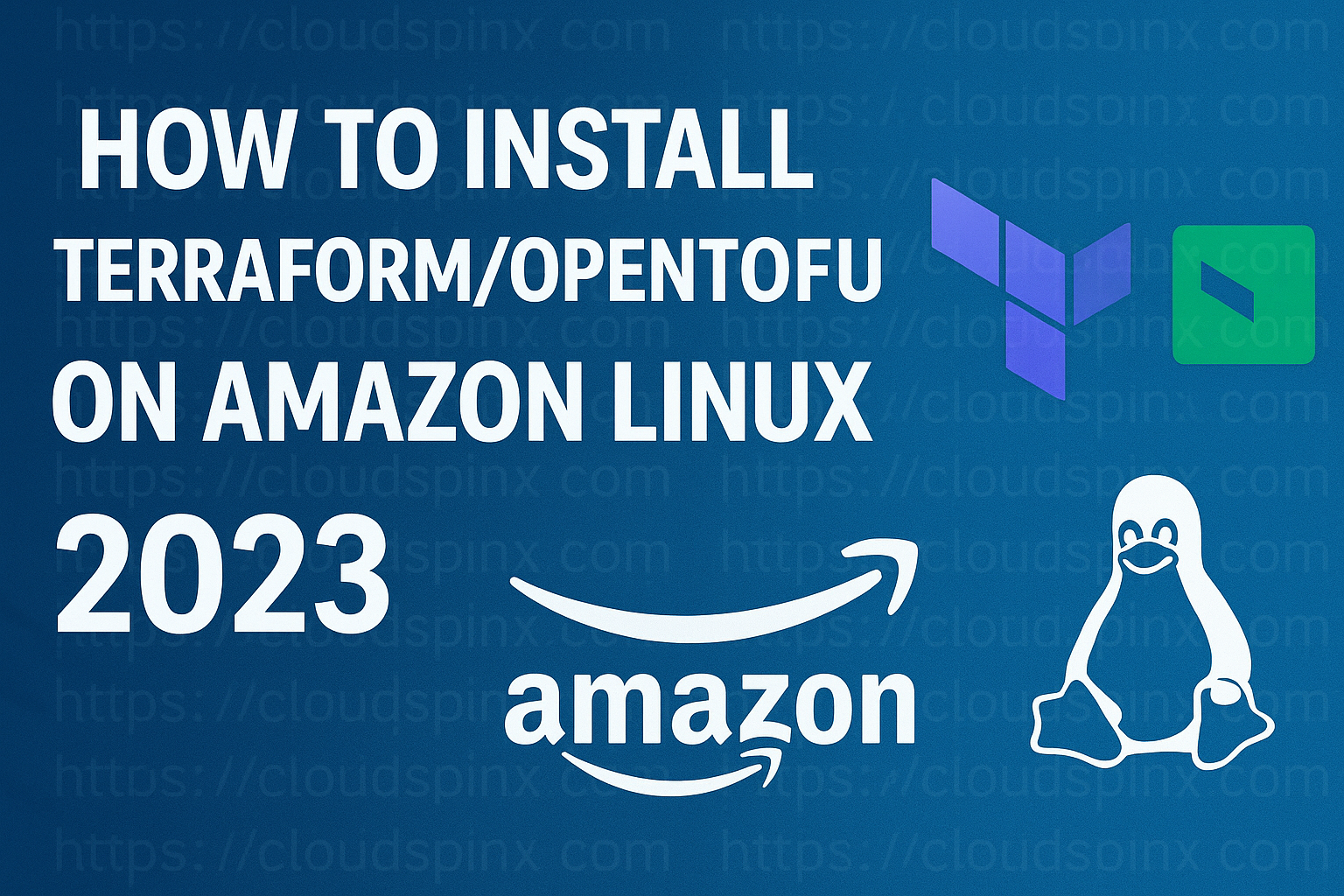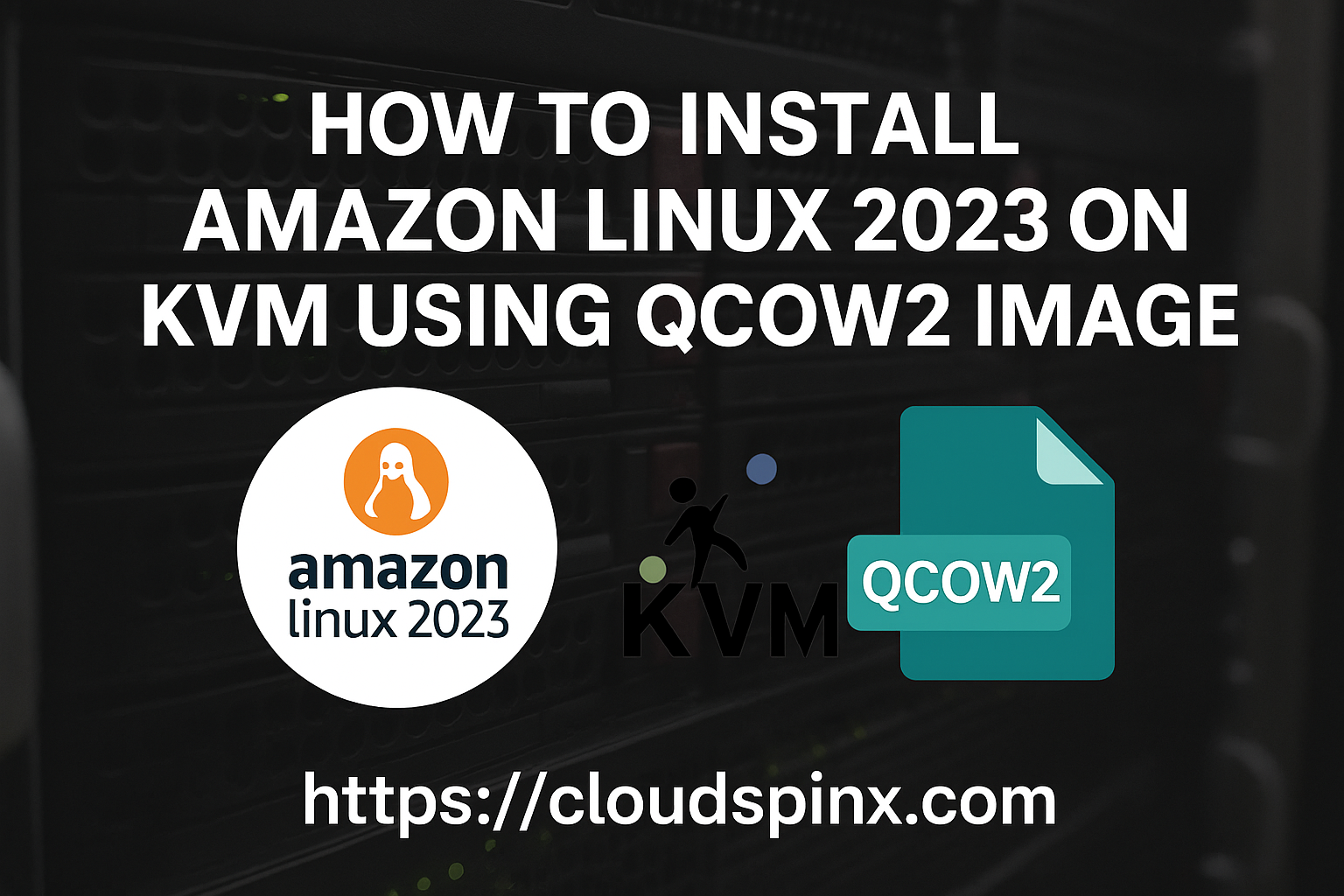In this tech-driven world, systems and devices intertwine seamlessly to improve our quality of life. Computerized devices have become integral to this modern era, making work more manageable. Keep in mind that a computer is an electronic device with both hardware and software components that provide a variety of functionalities to the users. Also, still in the technology field, you will come across computer systems, which refer to a computer carrying a specific task according to the instructions. Suppose you are curious about the intersection of software and hardware. In that case, a career in Embedded systems will be the perfect pathway to channel your passion and interest in technology and innovation. Hence, in this article, we will take you through top-notch books to help you understand the ins and outs of embedded systems to achieve your dream skills and knowledge.
What is an Embedded System?
As tech continues its relentless march forward, the utilization of embedded systems is skyrocketing. When we talk of embedded, we refer to something attached to another. Hence, an embedded system is an exceptional device or a set of devices integrated into the primary system to perform a precise function. It has a dedicated or specific task that allows autonomous operation of the more extensive system where it is implanted. Thus, it is mainly used as an extensive system instead of a stand-alone computer, though there are few instances where they are used as independent systems. Keep in mind that the complexity of these systems highly depends on the tasks it is supposed to perform, and they operate without the need for human interaction.
Elements of Embedded System
- Software and firmware: Software is a collection of instructions that enable you to interact with a computer and perform various tasks. Remember that firmware is software written in non-volatile storage and cannot be changed or deleted inside the embedded system.
- Hardware: It is known as the physical components of an embedded system, which has other elements that include a processor, power source, serial port, memory, clocking, timer, and parallel port. Embedded systems hardware is based on microprocessors or microcontrollers, and they refer to a CPU integrated with the other computing components.
- Real-time operating systems (RTOS) are not always included in an embedded system but are necessary components. RTOSs have a primary function that provides for coordinating software and hardware.
Use cases of Embedded Systems.
- Global Positioning Systems: GPS, otherwise known as the Global Positioning System, is a global navigation satellite system which provides location, velocity, and time synchronization. It utilizes satellites and receivers to provide a navigation system that the world can use.
- An Automated Teller Machine (ATM): An ATM, otherwise known as an Automated Teller Machine, is an electronic device in the banking sector that enables customers to make financial transactions without human assistance.
- Fitness Trackers: These are also examples of embedded systems. A fitness tracker is a wearable device typically worn on the wrist to monitor or track health or fitness-related metrics.
Need for Learning Embedded Systems
Learning a new skill is the best way to grow in the industry and become a reputable professional. Thus, knowing what embedded systems are, how they are developed, and their application will equip you with your dream skillset. Notably, there is a high demand for skilled embedded system professionals; many companies seek individuals with expertise in this field.
7 Best Books to Master Embedded Systems
In this section, let’s dig deep into the top-rated valuable books that will help you step into the embedded systems field with confidence:
1. Making Embedded Systems
With the existence of embedded systems, we have tech-enabled devices that have revolutionized the world by seamlessly integrating technology into your day-to-day lives. If you are looking for the right approach to understanding how these systems are built, software design patterns unique to embedded programming, and more, here is the perfect book for you. Making Embedded Systems will cure your thirst for this field since Elecia White has provided unique information to help you upskill. Regardless of their platform, it is an ideal learning material for intermediates and experienced programmers.
Having created different embedded systems ranging from DNA scanners and urban surveillance to children’s toys, the author is an expert in this field and has written this book to help those who want to succeed in this industry. You will discover various and specific techniques for handling hardware difficulties and manufacturing requirements by going through the written content. It is a technical book, but the author has simplified it without being brutal/off-putting, which makes it possible to teach any category of embedded engineers, including the most experienced ones. Get to speed with your career by interacting with the topics and content in this top-rated book.

As you dive deep into this book, you will interact with the following topics:
- Optimizing your system to reduce cost and increase performance
- How to develop an architecture that makes your software robust in resource-constrained environments
- Exploring sensors, motors, and other I/O devices
- Doing more with less: reduce RAM consumption, code space, processor cycles, and power consumption
- Learn how to update embedded code directly in the processor
- Discovering how to implement complex mathematics on small processors
- Master what interviewers look for when you apply for an embedded systems job
2. Embedded Systems with ARM Cortex-M Microcontrollers in Assembly Language and C
Having computer systems that enhance life quality and ensure a sustainable future is impressive. Being able to create these systems is even more satisfying. You can learn to build embedded systems tailored to specific applications by digging deep into books, courses, and other learning materials. Suppose you are interested in mastering this field. In that case, Embedded Systems with ARM Cortex-M Microcontrollers in Assembly Language and C is a top-tier book that will guide and educate you. Dr. Yifeng Zhu has authored this book to equip learners with the skills and understanding needed to create embedded systems software.
From this book, you will interact with Assembly and C programming languages necessary when writing code for microcontrollers based on ARM Cortex-M architecture. It consists of clear and straightforward content with simple explanations of complex concepts. Hence, it is a good fit for beginners and seasoned programmers who want to immerse themselves in embedded systems. Dr. Yifeng Zhu provides detailed examples of interfacing peripherals, code templates, lab tests, and more tips that will assist you in excelling in this field.

More information provided by this book includes:
- It presents basic concepts including data representations, assembly instructions, stack, and implemention of basic controls plus functions of C++ language at the assembly level.
- Consists of advanced topics including interrupts, mixing C and assembly, direct memory access (DMA), multi-tasking, system timers (SysTick), SIMD instructions for digital signal processing (DSP), and instruction encoding/decoding.
- Examples of general-purpose I/O (GPIO), LCD driver, stepper motor control, keypad interaction, PWM output, DAC, ADC, timer input capture, real-time clock (RTC), and serial communication (USART, I2C, SPI, and USB)
3. Hands-On RTOS with Microcontrollers
Due to the ever-expanding technology and innovation field and the emergence of the Internet of Things (IoT), there is a high demand for talented embedded engineers. If you are a skilled professional who enjoys navigating the complex realm of embedded systems, you must equip yourself with the needed skills. You can start by reviewing relevant learning materials to help you build a strong foundation. Hands-On RTOS with Microcontrollers by Brian Amos is one of the top-rated books that you should consider using to learn how to create real-time embedded systems.
Remember that an RTOS is a real-time operating system used to develop systems that can respond to events on strict timelines. In this book, you are introduced to the concept of RTOS and what to consider when selecting a microcontroller and development environment. Also, you will walk through the provided examples to gain proper skills in preemptive scheduling policies and task communication. Brian Amos has written this book with great determination, and by the end of it, you will learn how to build real-time systems using microcontrollers and FreeRTOS. Going through the topics step-by-step will help you enhance your programming skills to design and develop real-world embedded systems. Being an extremely hands-on and practical book, most embedded engineers and students can benefit from it as it is easy to read and comprehend.

From this Hands-On RTOS with Microcontrollers book, you will:
- Understand when to use an RTOS for a project
- Master RTOS concepts, including tasks, mutexes, semaphores, and queues
- Discover different microcontroller units (MCUs) and pick the best one for your project
- Explore and select the best IDE and middleware stack for your project
- Make use of professional-grade tools for analyzing and debugging applications
- Learn how to get FreeRTOS-based applications up and running on an STM32 board
4. Mastering Embedded Linux Programming
Linux plays a crucial role in streamlining the future of embedded systems. It makes this field more flexible and robust and builds a strong community capable of adapting to the evolving requirements of embedded systems. If you are eager to dive deep into this industry and gain expertise that will land you a job, consider learning to acquire the needed skills. Mastering Embedded Linux Programming is a comprehensive book to help you achieve your dream. It teaches you how to create fast, reliable embedded solutions using Linux 5.4 and the Yocto Project 3.1.
Tech enthusiasts, software engineers, system administrators, or anyone who desires to learn how to implement Linux on embedded systems should go through this book. Being a helpful guide, you can use it to master how to build efficient and secure embedded devices with Linux or as a handy reference. Frank Vasquez and Chris Simmonds dedicated their time to writing a book that will harness the power of Linux to build robust and versatile embedded systems. You will discover various ways to debug and profile code in the Linux kernel and user space as you progress. There is more that this book offers, and it gives you the confidence to tackle real-world embedded Linux devices.

Prepare to learn the following from this book:
- Using Buildroot and the Yocto Project to create embedded Linux systems
- Troubleshooting BitBake build failures and streamlining your Yocto development workflow
- How to update IoT devices securely in the field using Mender or balena
- Prototyping peripheral additions by reading schematics, soldering breakout boards, modifying device trees, and probing pins with a logic analyzer
- Interacting with hardware without having to write kernel device drivers
- How to divide your system up into services supervised by BusyBox runit
- Debugging devices remotely using GDB and measuring the performance of systems with tools such as perf, ftrace, eBPF, and Callgrind
5. Designing Embedded Hardware
Embedded computers are integrated into our lives, and we use them daily. For instance, the system that controls your toaster, your car’s automatic transmission, or an alarm are all examples of embedded systems. Notably, if you are interested in this field, there is a need to understand the knowledge of the underlying hardware that is needed when crafting outstanding embedded software. You can dive deep into this field by going through Designing Embedded Hardware, which has most of the information you need.
John Catsoulis has made this book for programmers, engineers, hobbyists, and anyone who wants to delve into the world of embedded systems. He will walk you through the process of creating new computers and devices using basic embedded designs for beginners and also offer advanced settings for advanced systems designers. Remember that John has designed embedded computer systems; hence, he uses his real-world experience to help learners and readers design and create new embedded systems independently. You are also shown some mistakes and traps you should avoid when designing your system. In a nutshell, this is an impressive book you should use to explore and boost your knowledge of designing embedded hardware.

Designing Embedded Hardware book includes:
- Master the theory and practice of embedded systems
- Explore schematics and data sheets
- Understand how to power an embedded system
- Understand producing and debugging an embedded system
- Explore processors, including the PIC, Atmel AVR, and Motorola 68000-series
- Go through the Digital Signal Processing (DSP) architectures
- Understand the Protocols (SPI and I2C) used to add peripherals
- Master RS-232C, RS-422, infrared communication, and USB
- Learn CAN and Ethernet networking
- Go through pulse Width Monitoring and motor control
6. Embedded Systems: Introduction to ARM Cortex-M Microcontrollers
Embedded systems carry out a specific function within a more extensive system, and they are incorporated into consumer electronics such as smart home gadgets, automotive systems, and industrial machinery. If you are interested in learning more about these systems, there are helpful books that will guide you. In these books, you will cover topics on Microcontrollers, real-time operating systems, firmware development, hardware interfaces, software development, and system integration, which are some of the crucial topics in this field. By following the content in the Embedded Systems comprehensive guide by Jonathan Valvano, you will get into the introduction to ARM Cortex-M Microcontrollers, a vital part that focuses on developing embedded systems.
Jonathan Valvano has provided top-notch notes that will help young engineers fully comprehend the basic building blocks of devices such as cell phones, MP3 players, a pacemaker, and engine controllers. It is a well-written book, detail-oriented, and the author provides thoroughly explained examples for the learners to master key topics. By the end of this book, you will gain a skillset and knowledge that will guide you when you decide to build something on your own.

Specific topics in this book include:
- More information on Microcontrollers
- Understand fixed-point numbers,
- Explore the design of software in assembly language and C
- Go through the elementary data structures,
- Master the programming input/output, including interrupts,
- Explore the analog-to-digital conversion, digital to analog conversion.
- Additionally, the book will cover embedded systems for ARM Cortex-M microcontrollers with precise details on the TM4C123, and TM4C1294.
7. Architecting High-Performance Embedded Systems
In this modern era, people have adapted to the norm of using smart devices in their homes and offices. Such digital gadgets contain high-tech and highly sophisticated computing capabilities. Also, they are composed of embedded systems responsible for generating, receiving, and processing digital data streams at gigabits per second. Architecting High-Performance Embedded Systems is a top-grade book that will help you explore embedded systems while learning to use Field Programmable Gate Arrays (FPGAs) and digital circuit design to build cutting-edge digital systems.
Jim Ledin will walk you through the introduction of embedded systems and real-time operating systems while letting you fully understand how FPGAs are used in implementing processing algorithms in hardware. Dive deep into the book and get up to speed with the concepts of embedded systems design, hardware construction, firmware development, circuit design, and debugging to come up with highly performing-devices. By the end of the book, you will have the confidence and skill set to help you create your own sophisticated digital devices. With plenty of examples, practical tutorials, and well-written content, get ready to delve into the world of embedded systems with FPGAs and custom circuits.

More content found in this fantastic book includes:
- Explore the fundamentals of real-time embedded systems and sensors
- Go through the capabilities of FPGAs and how to use FPGA development tools
- Master the principles of digital circuit design and PCB layout with KiCad
- Learn how to construct high-speed circuit board prototypes at low cost
- Designing and developing high-performance algorithms for FPGAs
- Developing robust, reliable, and efficient firmware in C
- Thoroughly test and debug embedded device hardware and firmware
Summary
We cannot avoid the rapid growth of technology, which has led to the proliferation of the Internet of Things. Such advancement has propelled the demand for embedded professionals or engineers who can handle the creation of digital devices that can serve a specific function. Notably, this exponential growth calls for a robust workforce of skilled engineers who can design and develop intricate embedded systems. To excel in this industry, you must equip yourself with the necessary skills and knowledge. Dig deep into the above books to acquire your dream skillset, which will later help you elevate your career and become a reputable professional. To make a purchase, click the Buy Now button below each book, make an order, and enjoy learning from the comfort of your home.
More Guides:

